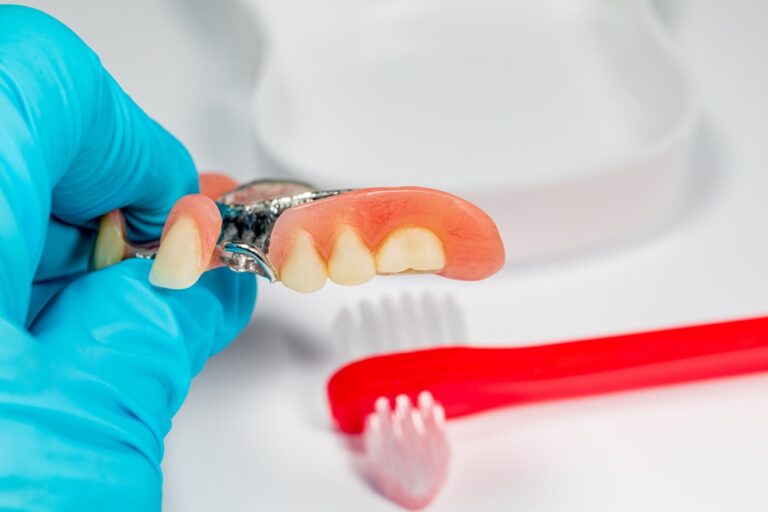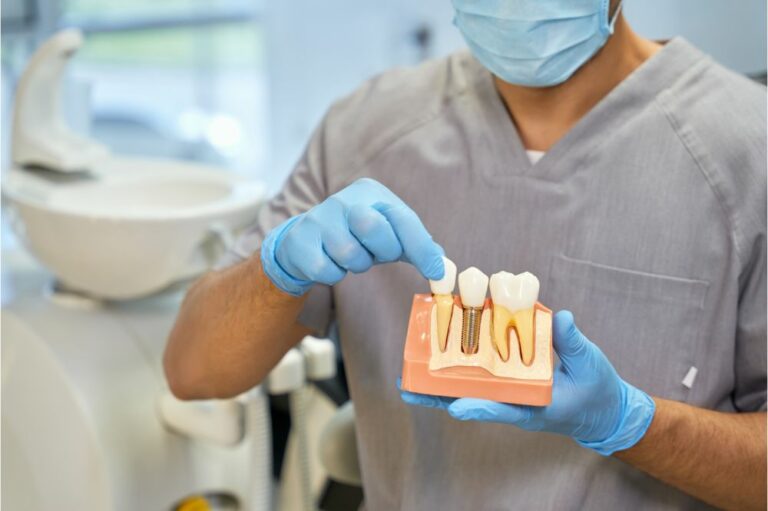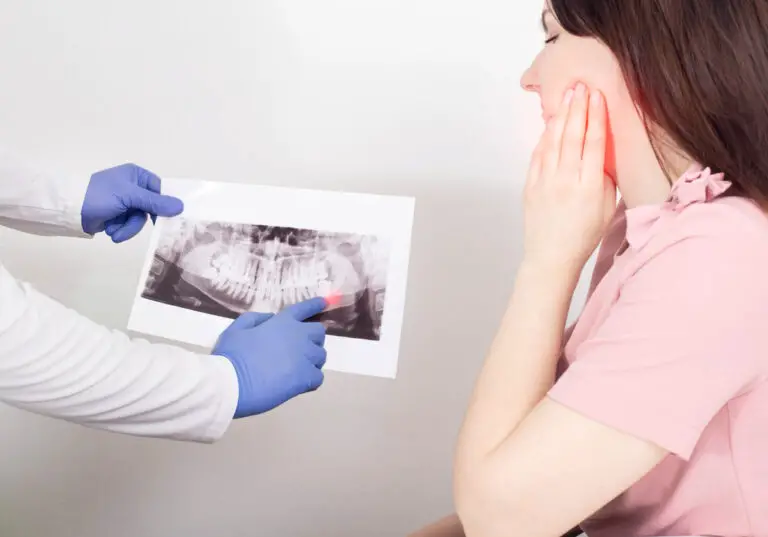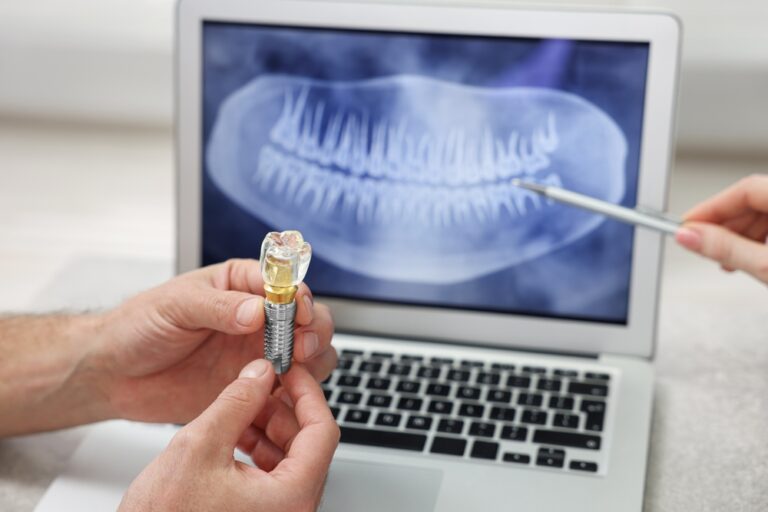Tooth mobility, also known as loose teeth, is a common dental condition that affects people of all ages. It occurs when the ligaments and bone structure supporting the teeth weaken over time. Excessive tooth mobility can lead to tooth loss if left untreated. The good news is that, in most cases, loose teeth can be stabilized and fixed with proper dental treatment. This article explores the causes of tooth mobility, symptoms, and both short-term and long-term treatment options to stop loose teeth from getting worse.
What causes loose teeth and tooth mobility?
There are several potential causes of abnormally loose teeth:
Periodontal disease
Periodontitis, or gum disease, is the most common cause of tooth mobility in adults. When plaque builds up on teeth, it can lead to inflammation and infection of the gums and periodontal tissues. As the disease progresses, it destroys the bone and fibers that hold teeth firmly in place. Early treatment of gums disease can help stabilize teeth.
Injury/trauma
Injuries that knock teeth out of place can loosen them over time. Trauma like getting hit in the mouth, grinding or clenching teeth, dental procedures, and improper orthodontic treatment can traumatize teeth and the surrounding bone.
Generalized bone loss
Bone loss in the jaw from aging, osteoporosis, or other medical conditions reduces support for the teeth’s roots, leading to increased mobility. People with certain genetic disorders may also have poorly formed tooth sockets that don’t hold teeth tightly.
Teeth grinding/clenching
Chronic grinding or clenching puts excessive pressure on teeth that can loosen them. This is known as bruxism and often happens during sleep. Wearing a night guard helps prevent the damage.
New teeth growing in
It’s normal for some minor tooth looseness to occur when permanent teeth emerge in childhood and push baby teeth out. The same thing can happen to existing teeth as wisdom teeth grow in.
Symptoms of a loose tooth
The main symptom is increased movement or rocking of a tooth when chewing or when using your tongue or finger to wiggle it. Other signs include:
- Tooth pain when eating, especially with sweet, hot, or cold foods.
- Tooth sensitivity to temperature.
- Gum swelling, redness, or tenderness.
- Bad breath or a bad taste in the mouth.
- Visible gaps starting to form between teeth.
- Changes in tooth alignment or your bite.
If you notice any of these symptoms, see a dentist right away before the problem gets worse. Leaving loose teeth untreated increases the risk of tooth loss.
Short term remedies for tooth mobility
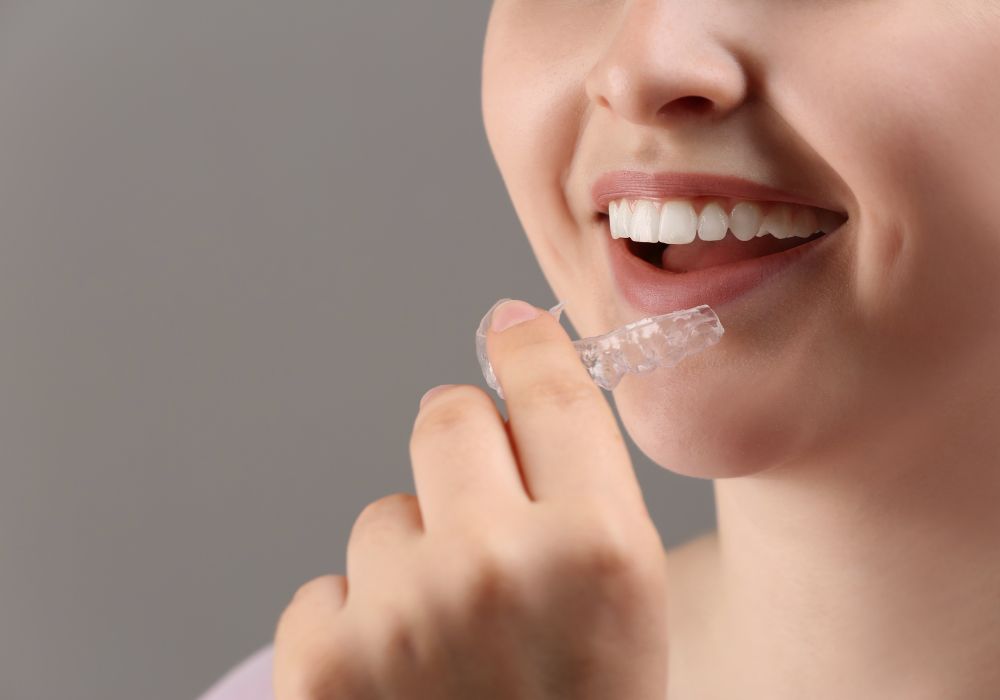
If caught early, some conservative treatments can stabilize and tighten loose teeth to keep them healthier longer. Options may include:
Improved oral hygiene
Thorough daily brushing and flossing removes plaque that causes gum inflammation and bone loss. Your dentist may recommend using antibacterial mouthwash too.
Occlusal guard
Wearing a bite guard at night prevents damage from teeth grinding and may reduce mobility.
Dietary changes
Avoiding hard, sticky, and chewy foods minimizes movement of loose teeth. Soft foods are gentler while healing occurs.
Medications
Non-steroidal anti-inflammatory drugs or antibiotics may be prescribed to control gum infection and reduce swelling.
Desensitizing treatments
Toothpaste, mouthwash, or dental bonding agents can help relieve tooth sensitivity and pain from loose teeth.
These conservative treatments will provide temporary relief in early stages of tooth looseness. However, they don’t address the underlying causes or stop ongoing damage.
Long term treatments for correcting tooth mobility
If a loose tooth doesn’t tighten up with initial treatment, don’t neglect it. Prompt dental intervention is needed to fix the problem long term before complete tooth loss occurs.
Deep cleanings
Scaling and root planing clean under the gums to remove bacteria and diseased tissue. This reduces inflammation and infection so gums and bone can start to heal.
Gum grafts
Grafting surgery rebuilds thinning or diseased gum tissue and underlying bone to better support teeth. Healthy gum tissue may be transplanted from elsewhere in the mouth or synthetic graft material used.
Bone grafts
Adding bone tissue can reinforce weakened jaw bone around loose teeth. It’s often done along with gum grafting for more stability. The grafted bone also encourages new bone growth.
Splinting
Binding loose teeth together with dental wire, composite resin, or crowns fuses them into one stronger unit less prone to movement. It prevents each tooth from flexing and mobile teeth from drifting into gaps.
Root canal therapy
If a loose tooth also has an infected pulp, a root canal removes the infected tissue and seals the inner root canal space. This saves the tooth and reduces pain.
Tooth extraction
This is done as a last resort if a tooth is so mobile it can’t be stabilized or saved. The lost tooth can be replaced with a dental implant or bridge.
The best fixes will depend on what’s causing your loose teeth and the extent of damage. Be sure to get an accurate diagnosis from your dentist. Skipping treatment could lead to losing more teeth.
Are loose teeth always a bad sign?

Mild to moderate mobility isn’t necessarily alarming in every case. For example:
- Slight wiggle room is normal for a newly erupting permanent tooth or wisdom tooth.
- Generalized mild looseness may happen with normal hormonal changes like pregnancy, puberty, or menopause.
- Orthodontic treatment like braces can temporarily loosen anchored teeth.
So don’t panic if you notice a normally firm tooth is just starting to feel a little wobbly. But do pay attention to any worsening of symptoms or multiple loose teeth, which indicates a problem needing dental evaluation. It’s smart to get regular dental checkups to keep tabs on your tooth stability and gum health.
Can severely loose teeth tighten up again?
Yes, in many cases they can. Even teeth that wiggle significantly or drift out of position still have a good prognosis with the appropriate treatment.
Gum disease is usually the culprit when back teeth have advanced mobility. A full mouth deep cleaning reduces inflammation so gums can reattach and rebuild. Bone grafts can reinforce weakened areas and induce new bone growth. This restoration of support can stabilize mobile molars well in some cases.
For front teeth that become loose due to trauma, immediate splinting provides the best outcome for tightening them up again. This keeps surrounding tissues intact while inner healing occurs. Follow up treatments further strengthen teeth.
Regular dental visits will ensure your dentist monitors any loose teeth early. Getting treatment right away, before extensive bone loss, gives the best chance of restoring tooth firmness. While mobile teeth can sometimes return to normal, severely loose teeth are harder to fix.
When is a loose tooth emergency?
Seek emergency dental treatment right away if:
- You experience severe tooth pain, facial swelling, or bleeding that doesn’t stop. An abscess, infection, or injury may need urgent care.
- A tooth is knocked out or broken. Try to carefully put it back in place if possible while seeking help.
- A tooth suddenly becomes extremely loose with little provocation. It may be close to falling out completely.
- You have multiple teeth suddenly feeling very loose without an obvious cause like braces. It could signal rapid gum disease progression or a health problem.
By getting immediate help in such cases, dentists have the best chance of saving a loose tooth or preventing complications. Leave loose teeth alone until they can be professionally evaluated and treated.
Frequently Asked Questions
How long does it take to tighten a loose tooth?
With proper dental treatment, most mildly to moderately loose teeth can be firmed up again and stabilized in 2-4 weeks. Severely loose teeth may take a few months to regain health and strength. Prognosis depends on the degree of mobility, gum and bone damage, and how quickly treatment begins.
Can you tighten loose teeth at home?
Beyond practicing good oral hygiene and avoiding hard foods, there aren’t any effective home remedies for fixing loose teeth. Certain natural products may temporarily reduce discomfort but won’t address the real problem. Trying to push or wedge a loose tooth back into place could damage it further. See a dentist for appropriate treatment.
What are the signs of a dying tooth?
Symptoms that a tooth is non-vital or “dying” include: ongoing throbbing pain, gum abscesses, gray/dark discoloration, extreme temperature sensitivity, a foul mouth odor or taste when chewing, and increased looseness. If you notice such signs, the tooth’s pulp is likely infected or dying. A root canal or extraction may be necessary.
Can you reverse receding gums?
Yes, receding gums that expose vulnerable tooth roots can be improved through gum grafting surgery and sometimes with nonsurgical therapies. This halts additional gum recession and covers exposed roots to reduce tooth sensitivity. It also protects against root decay and improves gum health.
How do you stop teeth grinding at night?
Wearing a custom night guard while sleeping helps prevent tooth damage from grinding or clenching your teeth at night. Stress management, physical therapy for jaw problems, and Botox injections for some patients may also help reduce bruxism. If it continues unchecked, damaged teeth may require restoration or extraction.
Conclusion
Tooth mobility is often repairable with the appropriate dental treatments. Don’t ignore loose teeth as they usually indicate diseased gums, bone loss, or other issues needing prompt attention. Getting evaluated quickly gives the best chance of restoring firmness and stopping ongoing deterioration. With customized treatment plans and careful follow up, even severely loose teeth can potentially regain stability and last for many more years. Consistent good oral hygiene and regular dental cleanings help catch problems early before teeth loosen and become much harder to fix.

